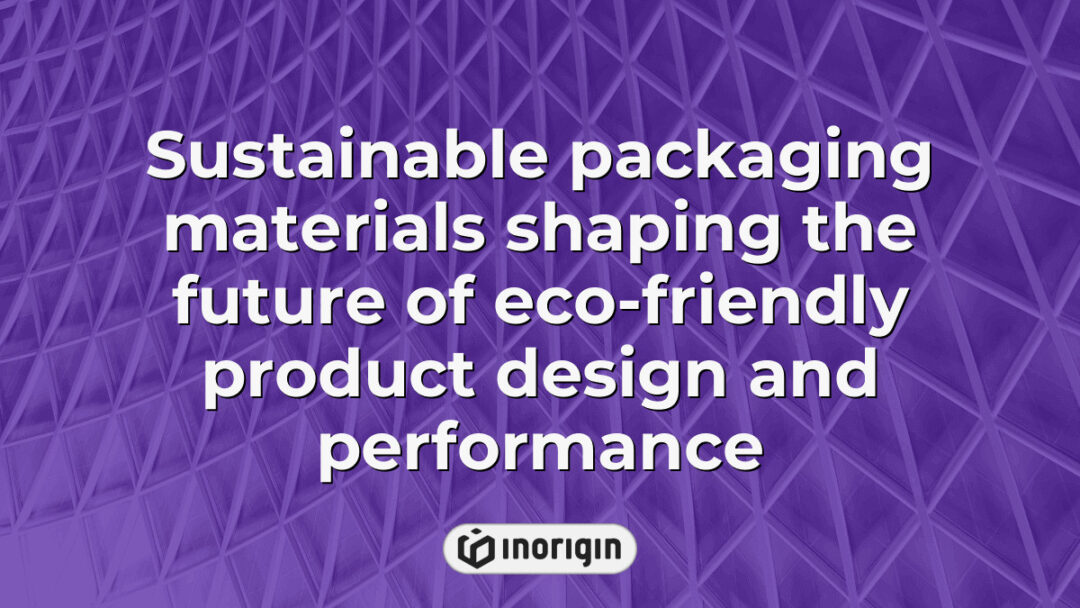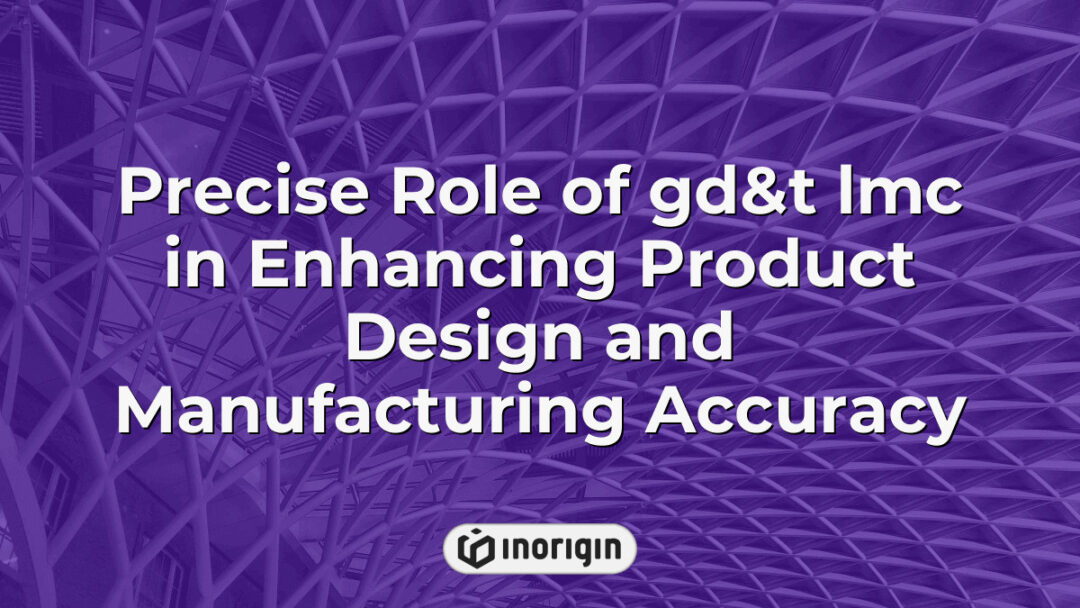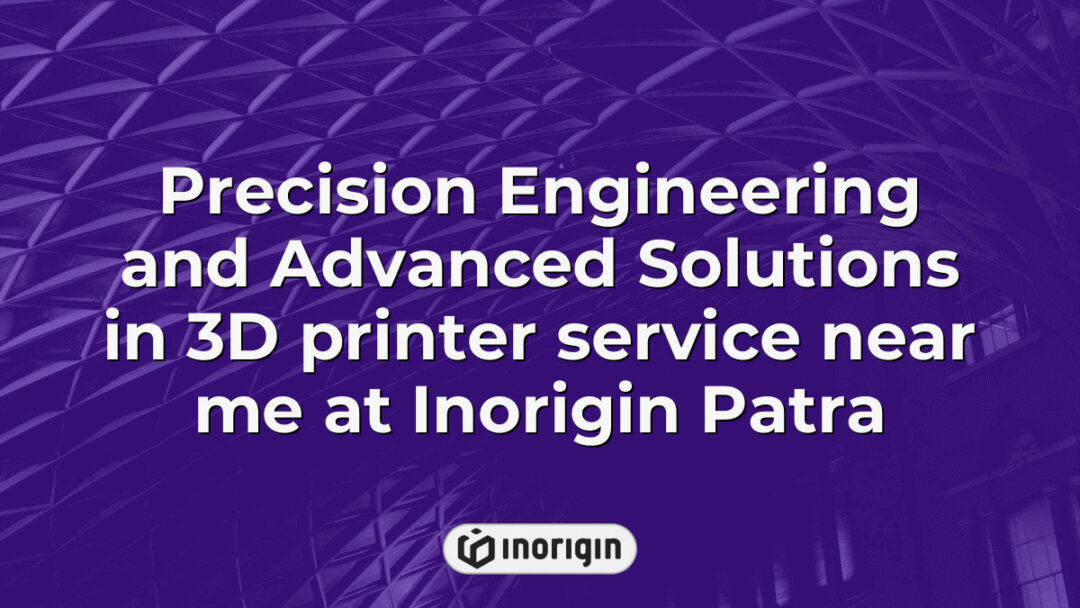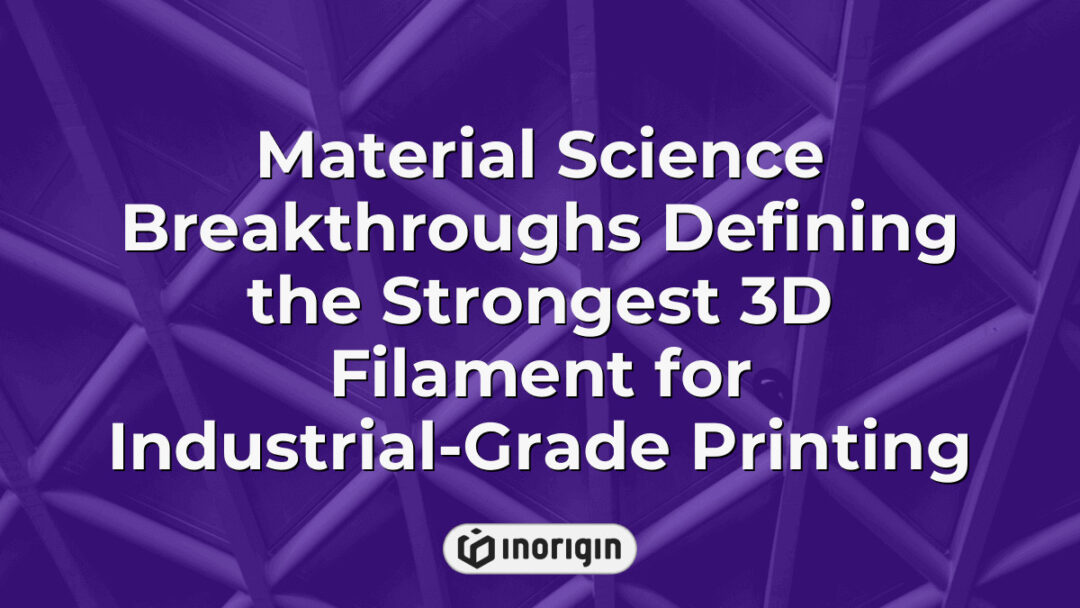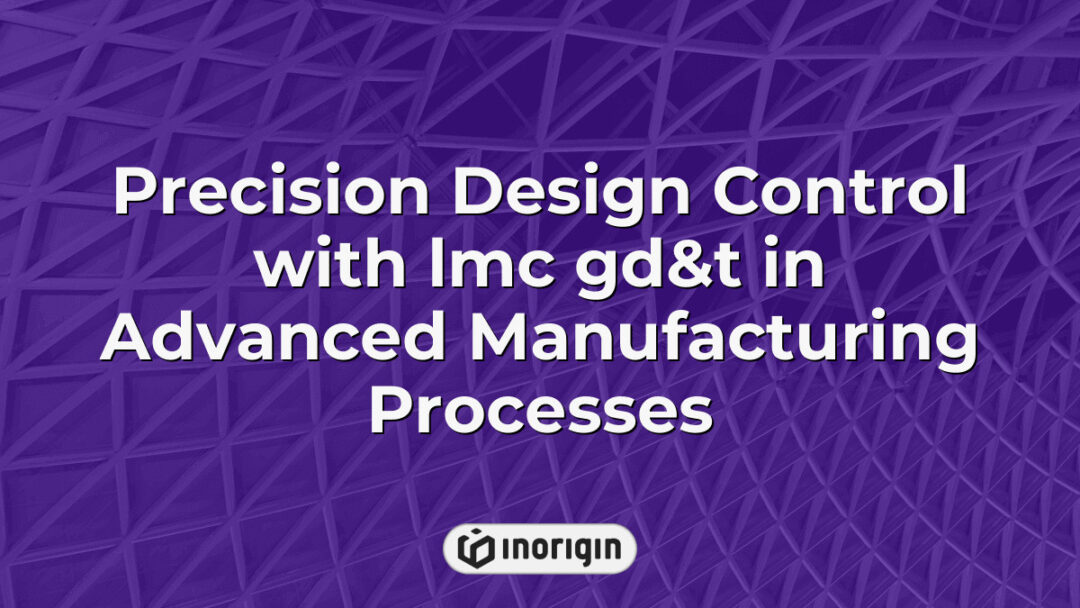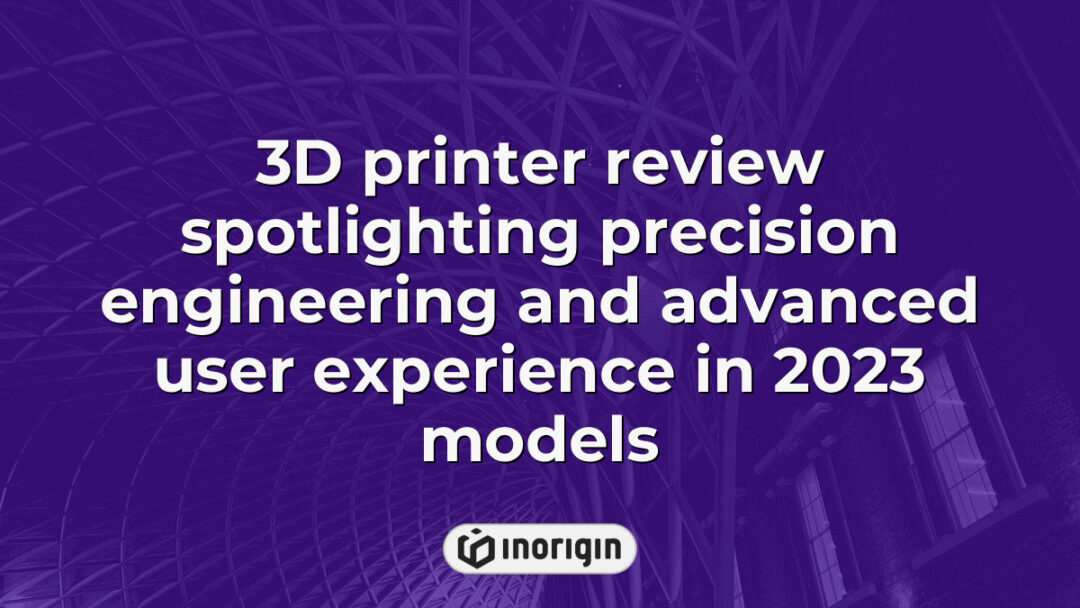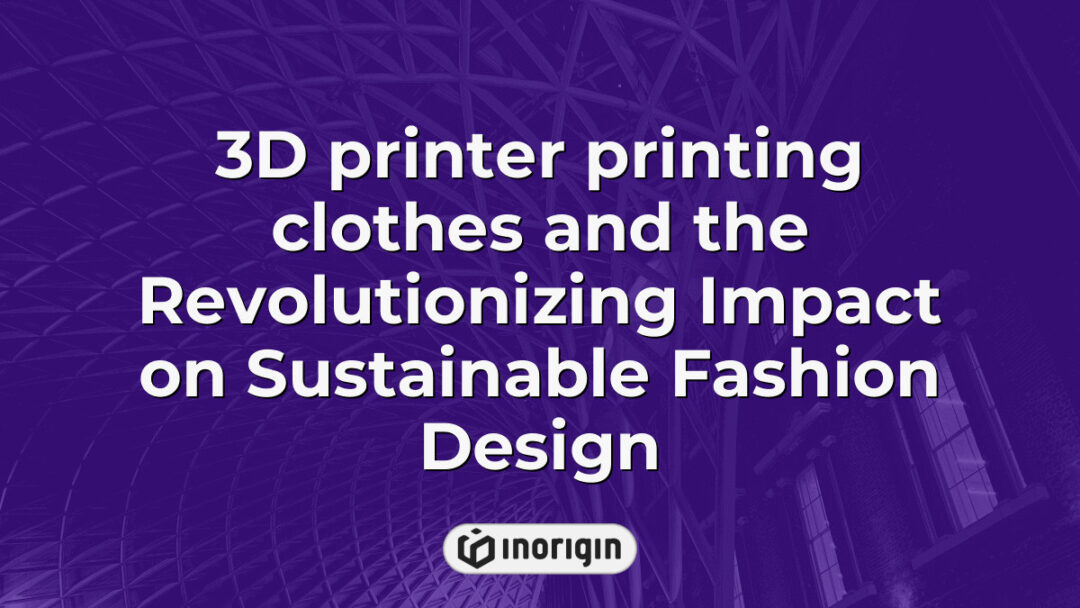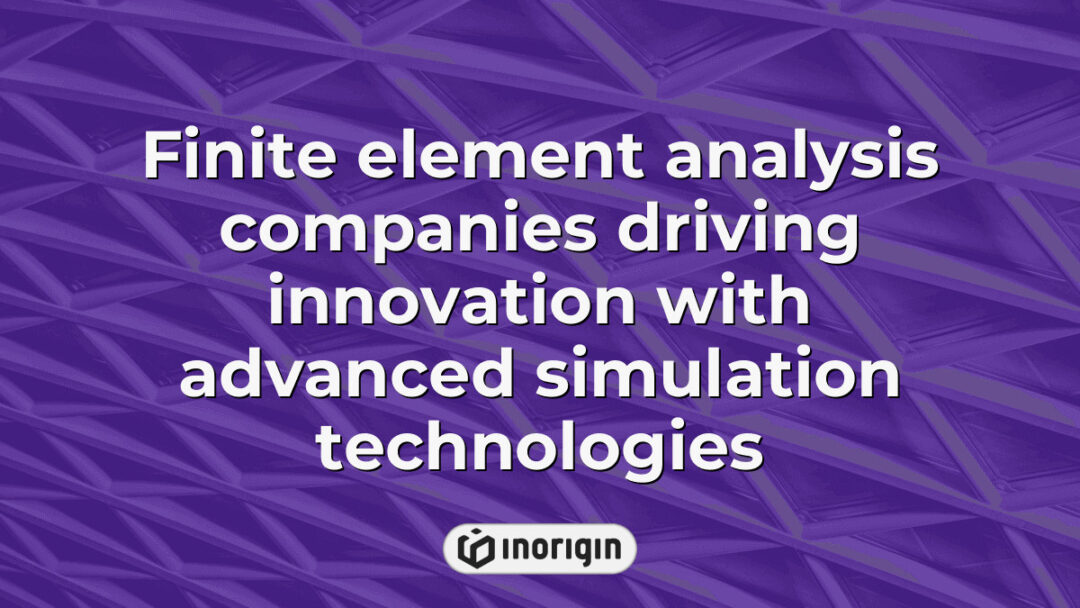Sustainable packaging materials shaping the future of eco-friendly product design and performance
Amidst the cacophony of plastic wrappers crumpling and cardboard boxes tumbling in landfills, a quiet revolution is taking shape in the world of packaging—one that seeks to marry convenience with environmental stewardship. Sustainable packaging materials, emerging from innovative research and a growing awareness of ecological impact, are transforming the landscape of product distribution. Crafted from biodegradable substances, recycled fibers, and renewable resources, these materials not only reduce the carbon footprint but also beckon to a future where consumer goods are encased in a cocoon of responsibility rather than waste. As industries pivot towards eco-friendly options, the urgent need to explore, evaluate, and implement sustainable alternatives becomes increasingly paramount in preserving the delicate balance of our planet’s ecosystems. Aspect Key Takeaway Sustainable Packaging Materials Sustainable packaging materials leverage biodegradable, recyclable, and renewable resources to minimize environmental impact […]
